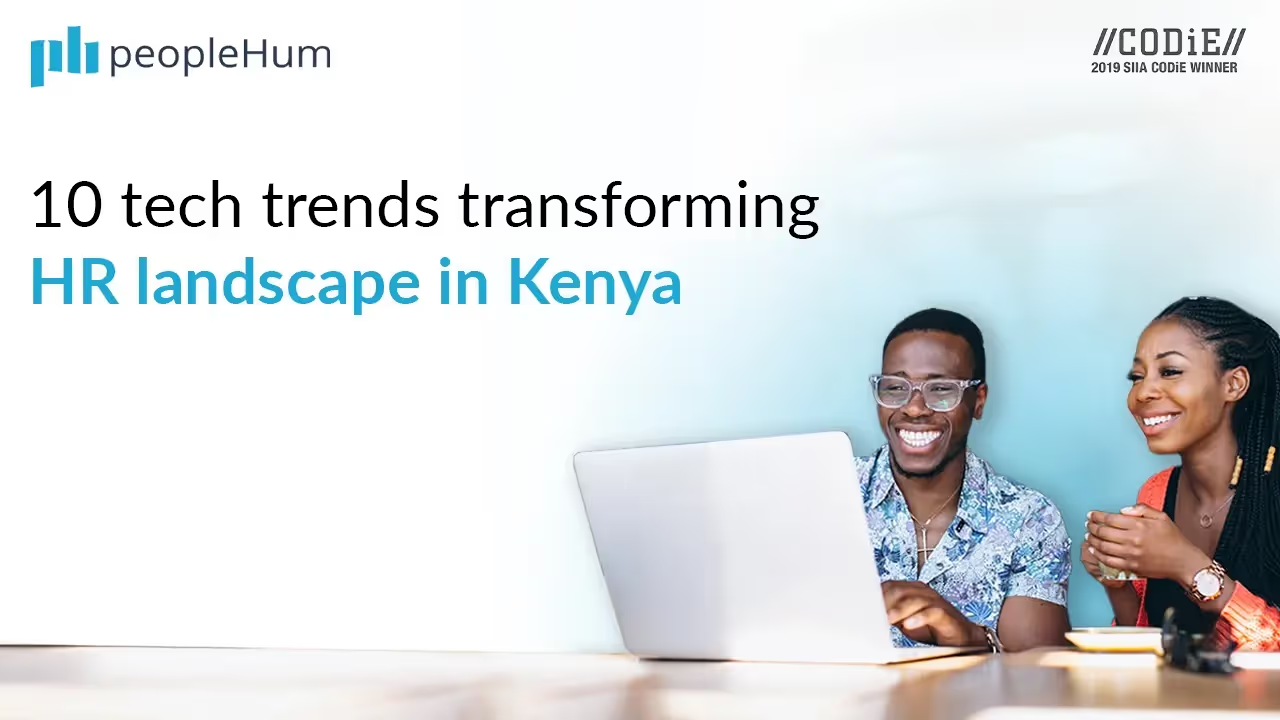Introduction
You're on the HR team, and you're constantly juggling paperwork and responding to a wide range of requests from employees.
But it's more than just managing leave requests; you're also dealing with feedback from managers across various departments. You have finance managers worried about the accuracy of payroll data, operations managers seeking more efficient ways to schedule shifts, and the heads of departments demanding improved learning management systems for employee development. All the while, the CEO is also looking for clearer visibility on workforce planning and utilisation.
It's clear: You need an HRMS. So, you pick a name everyone knows, expecting smooth sailing.
But the reality is a letdown. The system turns out to be less user-friendly and versatile than expected, lacking key features for performance tracking, employee development, and real-time reporting.
In this guide, we will dive deeper into the ABCs of choosing the right HRMS that meets the unique needs of your organisation while streamlining HR operations.
A human resource management system (HRMS) streamlines HR tasks like onboarding, talent management, and performance reviews. By automating these processes, HR teams can devote more useful time to strategic initiatives like employee retention to foster a positive workforce. With all core HR functions centralised in one system, you will make your life easier while making informed business decisions with data at your fingertips. In essence, HRMS equips you with everything you need to elevate your workforce management strategies.
How do you know it's time for an HRMS?
When your HR team is overwhelmed and tasks start slipping through the cracks, it's a clear sign that you're ready for HR technology. Look out for these signs:
1. Drowning in paperwork:
If your office resembles a forest of file cabinets, it might be time for a digital makeover. An HRMS can whisk away all those papers, forms, and reports into the cloud, saving you money on paper and storage space.
2. Pursuit of data accuracy:
Are you tired of chasing down inaccuracies in employee data? With an HRMS, you can bid adieu to data entry errors and sleepless nights. It automates data collection, processing, and documentation, ensuring your employee records are as pristine as freshly fallen snow.
3. Tackling tedious tasks:
Let's face it, some tasks are about as exciting as watching paint dry. But an HRMS is built to automate time-consuming, tedious tasks, freeing up your team to focus on more meaningful work in the organization like employee well-being.
4. Team performance needs a boost:
Are your teams feeling a bit sluggish lately? An HRMS can inject some pep into their step by streamlining internal processes and boosting efficiency. Introduce them to smoother workflows and happier employees!
5. Payroll, the big question:
An HRMS can be your time-saver simplifying payroll management by securely storing attendance and time-off data in the cloud. No more daunting tasks of manual calculations or spreadsheet nightmares for you to keep you awake at night.
6. Worried about data security:
Worried about data breaches and snooping eyes? An HRMS has your back with iron-clad security features. Each piece of information is locked down tighter than Fort Knox, keeping your data safe and sound.
7. Turnover troubles:
If employee turnover is making you grieve, it might be time to focus on workplace culture and growth opportunities. An HRMS can help by providing tools to nurture a positive culture and offer development opportunities, reducing the urge to seek greener pastures elsewhere.
What are the factors to consider when selecting HRMS?
Choosing the right HRMS involves a step-by-step process:
1. Detect HR shortcomings:
Start by pinpointing your organization's HR pain points, like managing people, staying compliant, training, and retaining talent. Make a list of areas that need improvement.
2. Seek guidance from IT professionals:
Get input from your IT team. Their software savvy can help match HRMS options to your specific needs.
3. Financial planning:
Estimate HRMS costs, including setup and upkeep, to ensure they fit your organization's financial resources.
4. Investigate vendors:
Narrow down vendors based on budget and feature requirements. Assess their understanding of your HR challenges, ability to integrate with existing systems, and customization options through product demos.
5. Making the ultimate choice:
Choose the HRMS that aligns best with your needs. Take advantage of any free trials offered. Once selected, roll out the system across your organization, provide training on its use, and offer ongoing support for any questions that arise.
Advantages
By digitizing paperwork and storing documents online, a good HRMS reduces the burden of physical paperwork and saves on costs associated with paper and storage space. It automates data collection and processing, eliminating inaccuracies in employee data and streamlining administrative tasks. This includes automating tedious and time-consuming processes, ultimately enhancing internal team performance. Furthermore, it simplifies payroll management by securely storing attendance and time-off data in the cloud. Enhanced data security measures, such as password protection, ensure the confidentiality of sensitive information. Moreover, it plays a crucial role in fostering a positive workplace culture and providing growth opportunities for employees, ultimately reducing turnover rates.
People Also Ask
What is an HRMS?
An HRMS is a comprehensive software solution that centralizes and streamlines HR tasks such as managing employee data, recruitment, attendance tracking, payroll, and benefits administration. Acting as a digital hub, it facilitates efficient management of the entire employee lifecycle, from recruitment to retirement. By automating routine tasks and providing easy access to critical HR information, an HRMS enhances efficiency, accuracy, and compliance, ultimately improving the effectiveness of HR operations within a company.
What are the key features to look for in an HRMS?
When choosing an HRMS, prioritize features like comprehensive database administration, an intuitive employee interface, training and development tools, applicant tracking options, time and attendance management, talent acquisition and retention tools, benefits administration, employee self-service portals, and automation of routine HR actions.
Why to consider an HRMS?
Consider implementing an HRMS to streamline administrative tasks, improve access to HR data, enhance communication, and boost efficiency and employee satisfaction within your organization.
How would you determine whether the HRMS is effective?
To evaluate HRMS effectiveness, track metrics like time and cost savings, error reduction, data accuracy, user satisfaction, process efficiency, and compliance.



















































